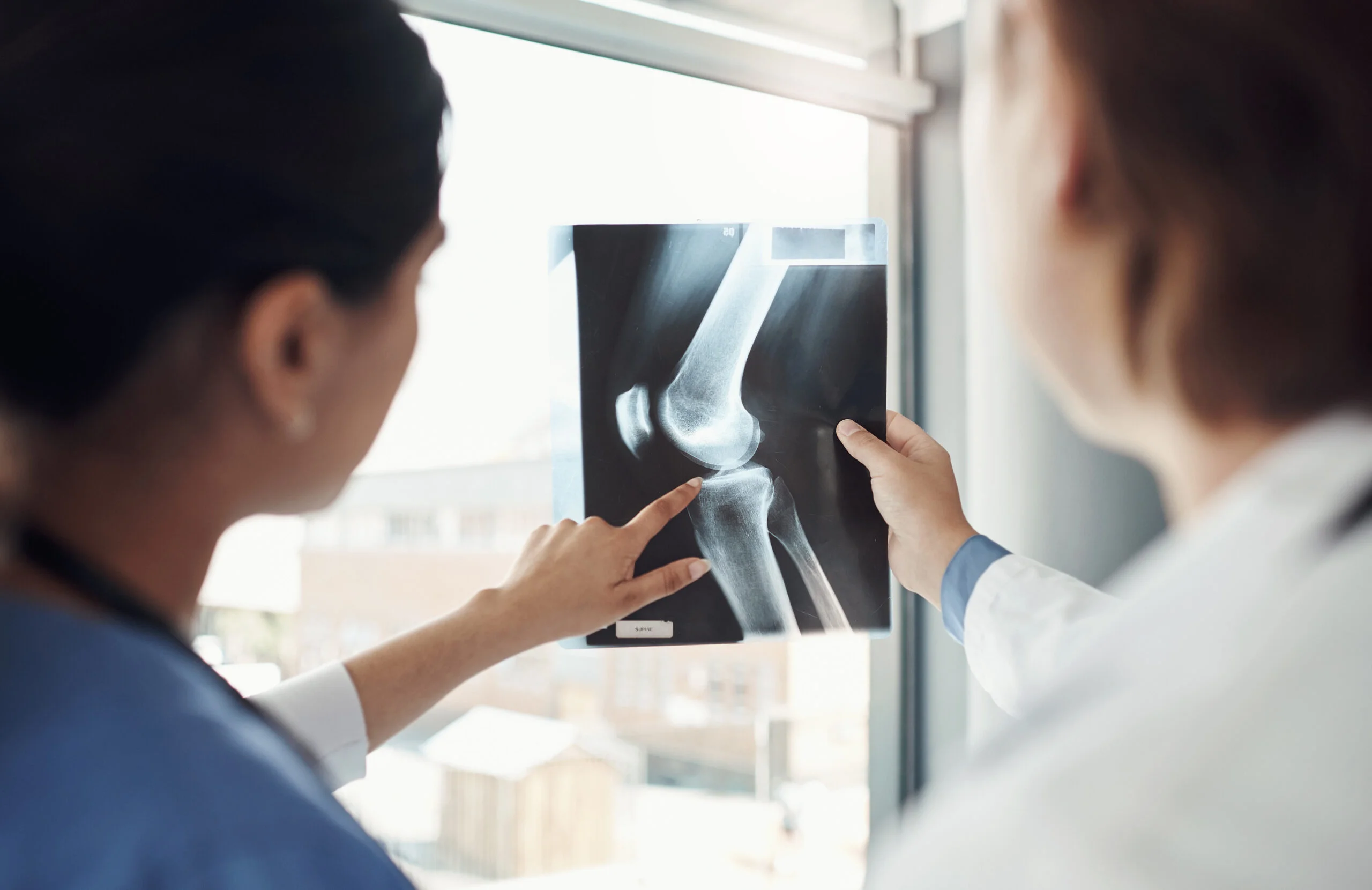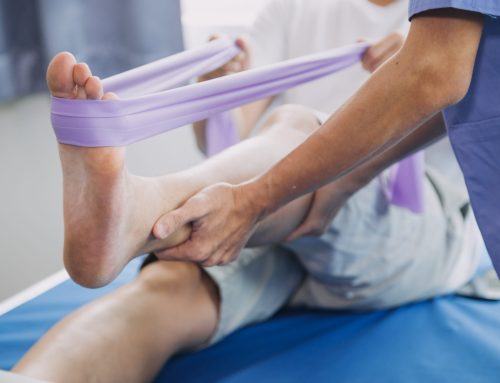The human skeletal system is a marvel of engineering, providing structural support and facilitating movement. However, even the strongest structures are not safe from the forces that life can unleash. Bone fractures, ranging from common to complex, can impact our daily lives significantly. In this exploration, we delve into the nuances of bone fractures, understanding their types and uncovering avenues for accelerated healing. Discover the resilience of the human body and the role of innovative technologies, like the Melmak LIPUS device, in aiding the recovery journey.

5 Types of Bone Fractures
Embarking on the intricate journey of understanding bone fractures, we peel back the layers of complexity that surround these often-unseen challenges. The human skeletal system, a testament to evolutionary engineering, is not impervious to the trials of life. Bone fractures, a diverse spectrum of injuries, possess the potential to reshape our daily existence. In this comprehensive exploration, we identify the various types of bone fractures and delve into strategies for accelerated healing.
The resilience of the human body takes center stage, and the narrative unfolds with a spotlight on innovative technologies like the Melmak LIPUS device, poised as a beacon of hope in the recovery journey. As we unravel the layers of bone fractures, the interplay between science and the human body becomes evident, promising insights into both the challenges and triumphs of the healing process.
Hairline Fractures: The Subtle Cracks
Hairline fractures, also known as stress fractures, are tiny cracks in the bone that may not be immediately noticeable. They often result from repetitive stress or overuse of a particular bone.
Symptoms and Diagnosis: Recognizing hairline fractures can be challenging as signs may be subtle. Persistent pain, localized tenderness, and swelling are common indicators. Imaging techniques like X-rays or MRIs are crucial for accurate diagnosis.
Recovery Strategies: Hairline fractures usually respond well to conservative treatments like rest, ice, compression, and elevation (R.I.C.E). The Melmak LIPUS device, with its non-invasive nature, can complement these strategies by promoting cellular activity at the fracture site.
Transverse Fractures: Straight Across the Bone
Transverse fractures occur when the bone breaks in a horizontal line perpendicular to its axis. These fractures can result from a direct blow, fall, or trauma.
Symptoms and Diagnosis: The fractured ends of the bone may exhibit displacement, and complications such as infection or delayed healing can arise. Timely medical intervention is essential to align and stabilize the bone for optimal recovery.
Recovery Strategies: As we explore treatment options, the Melmak LIPUS device's role becomes prominent. Its ability to stimulate cellular activity and enhance protein expression aligns seamlessly with the healing requirements of transverse fractures.
Comminuted Fractures
Comminuted fractures involve the bone breaking into multiple pieces or fragments. High-impact injuries, such as those from car accidents or falls from significant heights, often result in this type of fracture.
Symptoms and Diagnosis: In these fractures, the bone breaks into three or more fragments, creating a challenging puzzle for both diagnosis and treatment. The symptoms are often more pronounced, with visible deformities, intense pain, and limited range of motion. Diagnosis leans heavily on advanced imaging techniques like CT scans or MRIs, offering a detailed picture of the fractured landscape. The complexity of comminuted fractures underscores the importance of precise medical intervention, where specialists meticulously piece together the fragments to restore both form and function.
Innovative Healing Support: Managing comminuted fractures can be complex due to the shattered nature of the bone. Surgical interventions, such as the insertion of hardware like pins or screws, may be necessary to reconstruct the bone.
The Melmak LIPUS device, despite the complexity of comminuted fractures, offers a non-invasive avenue for promoting cellular activity. Its application aligns with both surgical and non-surgical approaches, aiding in the comprehensive healing process.
Greenstick Fractures
Greenstick fractures are common in children, where the bone bends and partially breaks, resembling a green twig being bent. The bones in children are more flexible, making them prone to this type of fracture.
Symptoms and Diagnosis: These fractures display unique symptoms, with swelling, pain, and tenderness localized to the affected area. Diagnosing greenstick fractures often involves a combination of physical examination and imaging techniques like X-rays, as the bone may only exhibit a partial break on one side.
Treatment Approach: Unlike adults, children's bones have a higher capacity for remodelling. Conservative treatments, such as casting, are often sufficient. The Melmak LIPUS device can play a role in accelerating the healing process, ensuring a swift return to normal activities.
Spiral Fractures: The Twists of Force
Spiral fractures occur when a bone is twisted with significant force, resulting in a corkscrew-shaped break. Common in sports injuries or high-impact trauma, these fractures require careful diagnosis and management.
Diagnostic Challenges: Identifying spiral fractures may require advanced imaging techniques, such as CT scans, as they may not be evident on standard X-rays. Accurate diagnosis is crucial for determining the most effective treatment strategy.
Integrating Accelerated Healing: The Melmak LIPUS device, with its proven track record, becomes a valuable asset in the rehabilitation journey of spiral fractures. Its ability to enhance cellular behaviour aligns with the intricate healing requirements of this fracture type.
In the intricate landscape of bone fractures, understanding the nuances of each type is the first step toward effective recovery. As we navigate this road, innovations like the Melmak LIPUS device illuminate possibilities for accelerated healing. Your path to recovery is as unique as you are, and with advanced tools and knowledge. Find out more about how this device can fast pace your healing journey today.
Have you ever suffered from a fracture? What type was it? Share your experience of the diagnosis and healing process with our readers in the comments below.






Leave A Comment